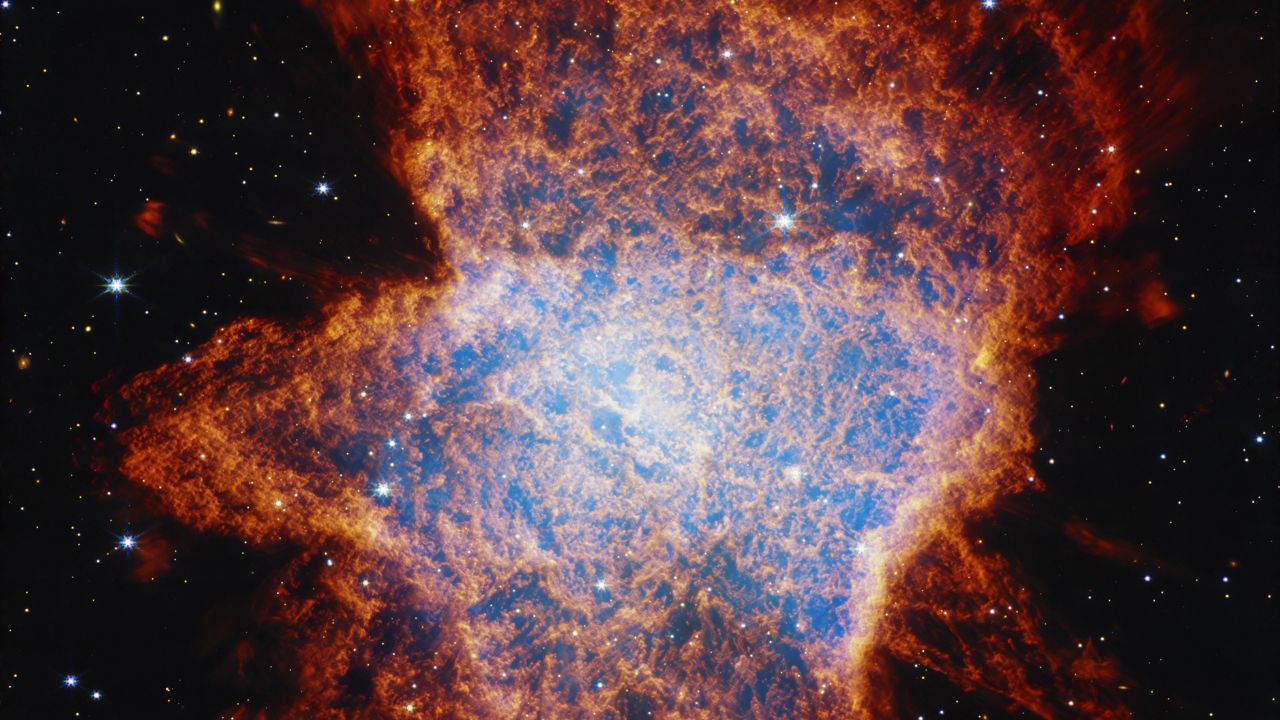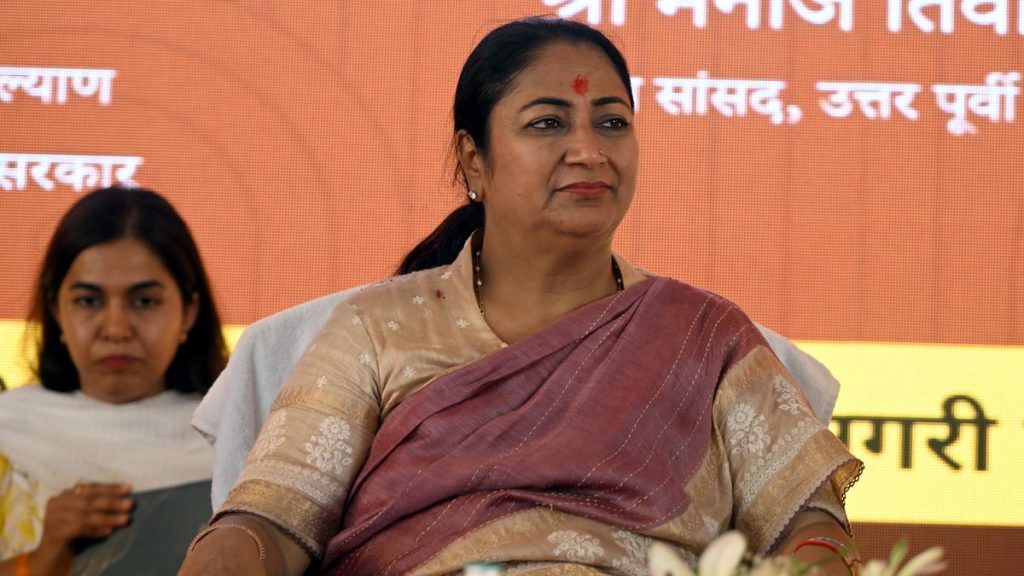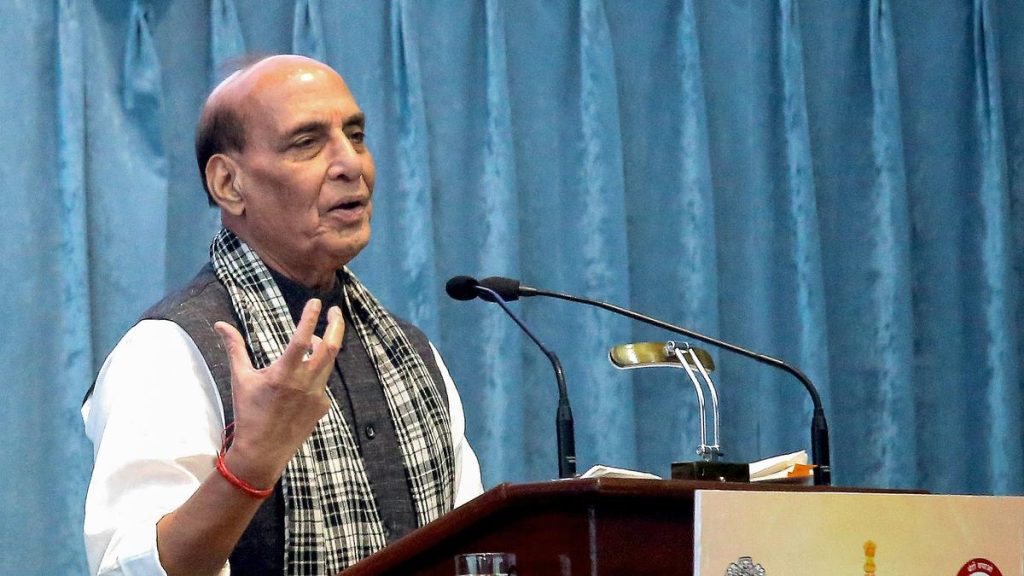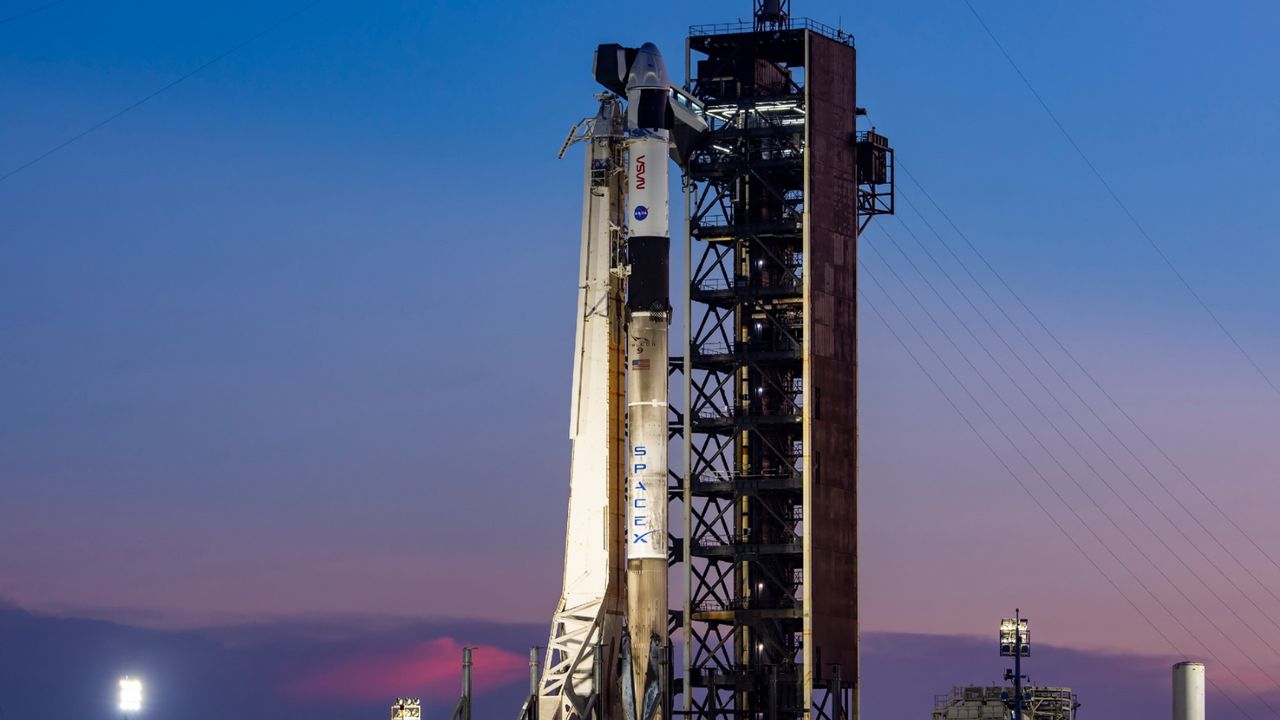Now Reading: JWST Captures Stunning Details of Star’s Death, Offers Glimpse into Sun’s Future
-
01
JWST Captures Stunning Details of Star’s Death, Offers Glimpse into Sun’s Future
JWST Captures Stunning Details of Star’s Death, Offers Glimpse into Sun’s Future

Quick Summary
- NGC 6072, located in the Scorpius constellation and 3,060 light-years away, is a planetary nebula formed from the dying star shedding its outer layers.
- observations by the james Webb Space Telescope (JWST) reveal intricate features of this nebula via near-infrared and mid-infrared imaging.
- the structure suggests gravitational interactions between two stars at its core-NIRCam shows multiple outflows indicating directional changes caused by these interactions.
- Mid-infrared images captured concentric rings possibly formed either through pulsations of the dying star or orbital movement of a second star cutting through ejected material.
- false-color imaging highlights clumps of gas and dust as well as ionized regions influenced by ultraviolet radiation from the exposed white dwarf core.
- The event illustrates how solar mass stars evolve into white dwarfs, highlighting similar eventualities for Earth’s own Sun approximately five billion years from now.
Images:
Near-infrared view:
!Near Infrared
Mid-infrared view:
!Mid Infrared
Indian Opinion Analysis
The stunning observations of NGC 6072 by JWST provide significant scientific insights into stellar evolution while nurturing public interest in space exploration. For India-a growing player in global space initiatives-this study underscores potential areas for research collaboration or self-reliant mission development aligning with ISRO’s ambitions. Learning about phenomena like planetary nebulas could assist Indian astrophysicists studying sun-like stars within our galaxy or preparing theoretical frameworks for long-term cosmic studies.
Moreover, JWST’s success highlights technological advancements critical to precision space optics-a field where Indian researchers could focus on innovations to expand domestic capabilities akin to instruments like AstroSat. These findings serve as timely inspiration for bolstering India’s contributions to humanity’s shared understanding of universal processes. As India fosters international cooperation in science missions such as Aditya-L1 and future ventures toward exoplanet finding, investing attention in topics unveiled by tools like JWST may create far-reaching impacts locally within academia and industry alike.
























